
Brush illustrations by Shigeko Nakayama
Published by Tuttle Publishing,
An imprint of Periplus Editions (HK) Ltd.
1995 by Charles E. Tuttle Publishing Co., Inc.
All rights reserved
LCC Card No . 93-61750
ISBN 978-1-4629-0293-4
First edition, 1995
Third printing, 2002
Printed in Singapore
Distributed by:
Japan & Korea
Tuttle Publishing
Yaekari Building 3rd Floor, 5-4-12
Osaki Shinagawa-ku,
Tokyo 141-0032
Tel: 81 (03) 5437 0171
Fax 81 (03) 5437 0755
North America
Tuttle Publishing
Distribution Center
Airport Industrial Park
364 Innovation Drive
North Clarendon, VT 05759-9436
Tel: (802) 773 8930
Fax: (802) 773 6993
Asia Pacific
Berkeley Books Pte. Ltd.
61 Tai Seng Avenue, #02-12
Singapore 534167
Tel: (65) 6280 1330
Fax: (65) 6280 6290
Email: inquiries@periplus.com.sg
Web site: www.periplus.com
 Contents
Contents 
A MAP for each region appears on the first page of the section devoted to that region.
PHOTOGRAPHS of representative hot springs are on pages 81-88.
 Acknowledgments
Acknowledgments 
Nothing enhances the onsen experience more than good companionship. For that I've been richly blessed. First comes my wife, Fumiko Sekizawa, whose capacity for enjoying hot springs may even exceed my own. Together we explored many of the places featured in this guide. From the early days we were often accompanied by one or more of a merry band of dedicated epicures and great palsMakoto (Tama-chan) and Keiko Endo, Nobuko Kato and Hideko Miyazaki. We've also shared multiple onsen revelries over the years with our good friends Phillipe Huberand MihoShigematsu, Mark Cote, Urban Lehner and Nancy Leonard, Peter and Yu-Ling Wolff, MarkSchreiber, and joe and Megumi McFatridge. To all ofthem, thanks forthe memories and the trips to come.
For inspiration, encouragement and invaluable tips I salute Robin Berrington, the Nihon Hito o Mamorukai, David Chapman, and Fuyuto Noguchi's classic R otenburo G aido (Kankando Shuppansha, 1981).
Lastly, for the photos that grace these pages, I thank the Gendai Ryoko Kenkyusho.
 Introduction
Introduction 
What ever happened to the "real" ]apan? It's a question heard all too often from newcomers and long-time foreign residents alike in a country that's rapidly yielded to rampant concrete, vinyl, vending machines, and loudspeakers. Is Japan's once-vaunted serenity, subtlety, and affinity for the sublime gone forever? Unfortunately, yes, for the most part. But there are a few scattered repositories of unspoiled japan that refuse to die. Among them are the magical hidden hot springs that usually escape the attention of foreigners searching for traditional japan.
All too many onsen, or hot springs, have become garish monuments of tackiness, to be sure. Unfortunately, it is these townsincluding Atami, Beppu, Kusatsu, Noboribetsu, and Kinugawathat most foreigners know. They either aren't aware of, or fear seeking out, the more isolated and charming alternatives. Many wind up staying at relatively mundane places when practically next door a far more salubrious alternative awaits. At the risk of speeding the ruination of these rare remaining spots, this book attempts to guide you to places that evoke the spirit and ambiance of years gone by. No one to my knowledge has offered a selective, English-language guide to specific hot-spring inns that represent the height of the onsen experience.
This book's main entries represent the best of the literally hundreds of onsen inns I've visited over the years. They're the rough, modest equivalent of three Michelin stars, which Michelin defines as worth a journey. The accompanying sub-entries, separated from the main ones by a symbol, are worth a detour, or two stars. My selections are completely independent. I have received no form of consideration from any organization nor any of the featured inns; none of them was aware I was preparing a guidebook. I personally visited each of them, almost always had a bath, and usually spent a night or two (or three).
The spas of the Roman EmpireEngland's Bath and Italy's Montecatini Terme come to mindwere developed in earlier times. But there's probably no culture that's conducted as extensive a love affair with hot springs as japan. This volcanic archipelago is dotted with literally thousands of mineral springs, around 2,300 of which boast at least one inn. Unlike their contemporary Western counterparts, these onsen are used less for therapeutic purposes than for recreation. To be sure, each spring claims certain curative powers. But the premium is on the bucolic, not the clinical. Onsen are to Baden-Baden as Big Sur is to the Mayo Clinic.
My own experience with onsen dates back to 1960, when, as a thirteen-year-old, I moved to japan from Missouri with my missionary parents. Soon after arriving, we and a couple of other American families took a holiday at what was then one of Asia's premier resort hotels: Kowakien in Hakone. I was fully unprepared for the mixed bathing we encountered there. I'll never forget trying to run for cover after spotting several naked middle-aged japanese women in the changing room. It took my father's missionary-honed persuasiveness to entice me into the bath. My other significant memory is of how hot it was. For the rest of our five-year stay I had occasion to visit other hot springs. And during the year I spent in Japan after college, I sampled still more.
But my real infatuation with onsen began in 1979, when I returned for the third time, as a correspondent for Business Week. Jarred by the incredible modernization that had occurred during the nineteen years since my first arrival, I began seeking out places that nurtured the kind of traditional, natural ambiance I remembered from the early sixties. It didn't take long to discover that certain onsen did. Since then, I've taken temporary refuge from Tokyo at dozens of springs throughout the country, always seeking out the hidden ones that preserve the flavor of bygone days.
You should know my prejudices: I strongly favor single-inn onsen, which helps assure the tranquil, unspoiled milieu that a proper hot-spring experience requires. With some exceptions, I prefer a place with an outdoor bath. Ideally, the inn should be off the road, at a dead end or a short hike in, and conserve a traditional motif. Not all of the places I've chosen completely meet these criteria but most come close. I also don't want to excessively strain myself getting to a spring: My limit is about thirty minutes of walking. Hidden onsen requiring a long hike up a trail tend to be barracks-like quarters aimed at serious backpackers as opposed to seekers of rest and relaxation. For travelers relying on public transportation, the walk from the nearest stop might be more than thirty minutes to some of the featured inns. Bus routes should be confirmed in advance. But in most cases the inn will pick you up. And I'm assuming that many readers will employ their own vehicles, rental cars, taxis, or hitchhiking to get as close as possible.
Next page
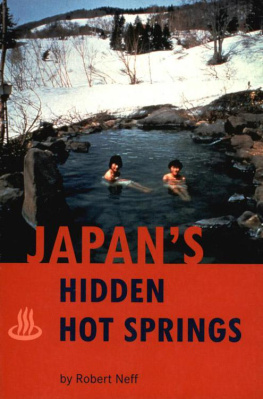

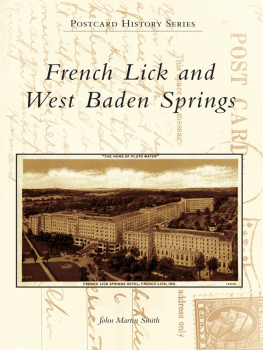
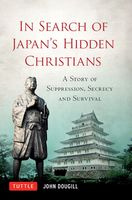
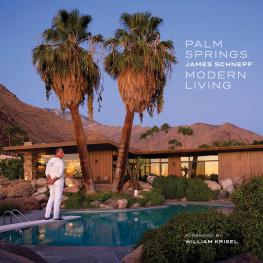
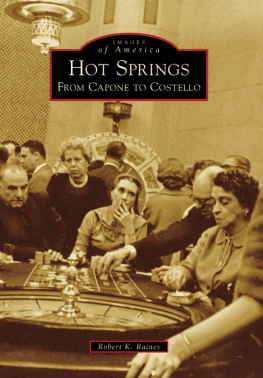
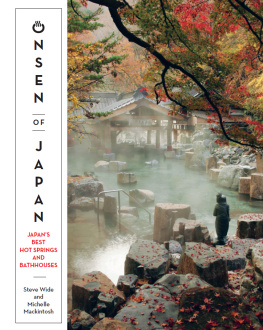
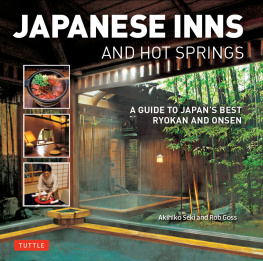
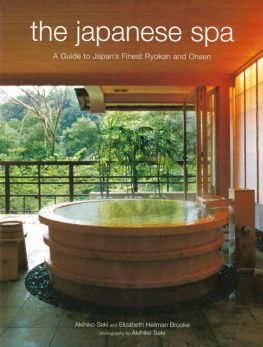
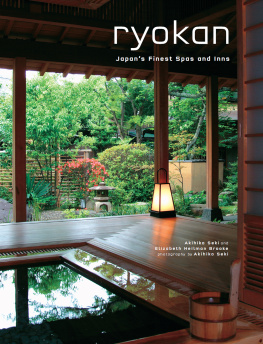

 Contents
Contents 
 Acknowledgments
Acknowledgments 
 Introduction
Introduction 